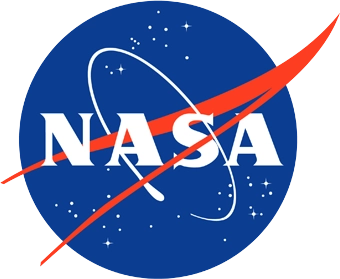Tyler is the first born child in a family of immigrants from the small island nation Trinidad and Tobago, in the Caribbean. He is from Shirley, NY, where he graduated early from high school at the age of 16. Tyler became very interested in physics due to his early, homegrown passion for astronomy, as well as his high school physics teacher passion for the subject.
He went on to attend Embry-Riddle Aeronautical University in Daytona Beach, FL with the major of Space Physics. There, Tyler was a part of the Honors Program, the National Leadership Honor Society, the National Physics Honor Society, and the McNair Post Baccalaureate Program, a program to help under-represented and first generation college students acquire graduate degrees.
Additionally, Tyler worked in the Space Physics Research Lab under Dr. Matthew Zettergren, and also conducted astrophysical research under Dr. Jason Aufdenberg. Under Dr. Zettergren, he researched electron heating in the upper atmosphere and under Dr. Aufdenberg, he investigated the use of Bayesian statistics to extract stellar parameters from stellar models.
With the knowledge that he gained from his project with Dr. Aufdenberg, Tyler was able to acquire an internship at NASA Johnson Space Center where he worked on determining when parts on the International Space Station would break.
Tyler graduated from Embry-Riddle in 2015 whereafter he attended Oregon State University as a graduate student in the Department of Physics. He was under the supervision of Dr. Davide Lazzati studying the mechanism behind GRB prompt emission -- the highest energy emission of these events detected in gamma-rays and X-rays.
He is now a Postdoctoral researcher at NASA Goddard where her spends his time conducting theoretical research on GRB prompt emission and conducting mission support for the Swift BAT instrument.
